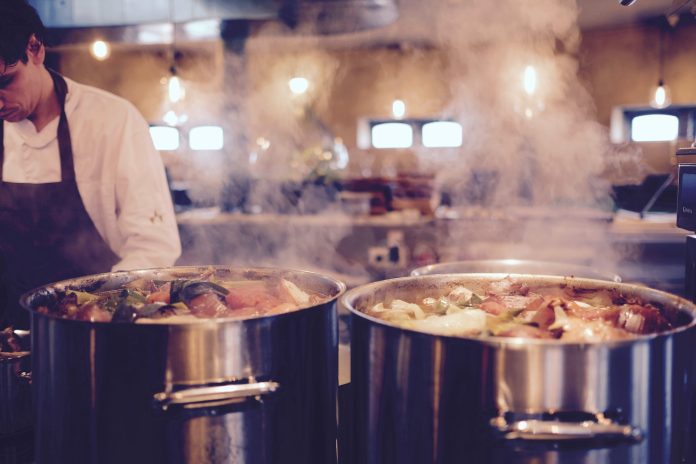Grease traps are an essential component of any commercial kitchen, helping to prevent fats, oils, and grease from clogging up drains and causing costly plumbing issues. However, choosing the right one can be overwhelming with so many different grease traps on the market.
This article will guide you in selecting the perfect grease trap for your needs. From understanding the different types of grease traps to calculating the appropriate size, we’ll cover all the key factors you need to consider to make an informed decision.
So, whether you’re starting a new kitchen or looking to upgrade your current grease trap, read on to discover how to choose the right one for your business.
Types of Grease Traps
When it comes to grease traps, it’s essential to see that various types are available in the market. Each type has its own unique features and benefits, making it suitable for different types of kitchens.
Passive Grease Traps
Passive grease traps are the simplest type and are often used in smaller kitchens or establishments. They rely on gravity to separate grease from wastewater and require regular maintenance to prevent blockages.
Automatic Grease Traps
Automatic grease traps, on the other hand, use sensors to detect and remove grease automatically. They are more expensive than passive grease traps but require less maintenance.
Hydro-Mechanical Grease Traps
Hydro-mechanical grease traps are a combination of both passive and automatic systems, using a combination of gravity and sensors to remove grease efficiently. They are a popular choice for larger establishments and high-volume kitchens.
Choosing the Right Size Grease Trap for Your Kitchen
Choosing the right size grease trap for your kitchen is crucial in maintaining an efficient and safe environment.
The size of the grease trap you need depends on several factors, such as the number of sinks, the amount of grease produced, and the local regulations in your area. An undersized grease trap won’t effectively trap all the grease and could result in clogged drains.
On the other hand, an oversized grease trap can be expensive to maintain and might not be necessary for smaller kitchens. It’s important to carefully consider these factors to select the appropriate size for your kitchen.
How To Pick The Right Grease Trap for Your Kitchen
Choosing the right grease trap for your kitchen can be daunting, but it doesn’t have to be. There are a few things you’ll need to consider:
Size and Type
The first step is to determine the size and type of grease trap you need based on the size and volume of your kitchen.
Materials and Features
Next, consider each option’s materials, features, and maintenance requirements. Look for a grease trap that is easy to install, clean, and maintain, with a durable design.
Budget and Local Regulations
Don’t forget to consider your budget and local regulations, as some types of grease traps may be required by law.
By considering these factors and opting for a trusted manufacturer like TEGE Materials, you can make an informed decision while selecting a grease trap for your kitchen.
Conclusion
In conclusion, grease traps are a crucial component of any commercial kitchen. They help prevent blockages, unsavory smells, and potential health hazards caused by grease buildup in the drainage system.
By understanding the different types of grease traps and factors to consider when selecting one, you can make an informed decision that best suits your kitchen’s needs.















